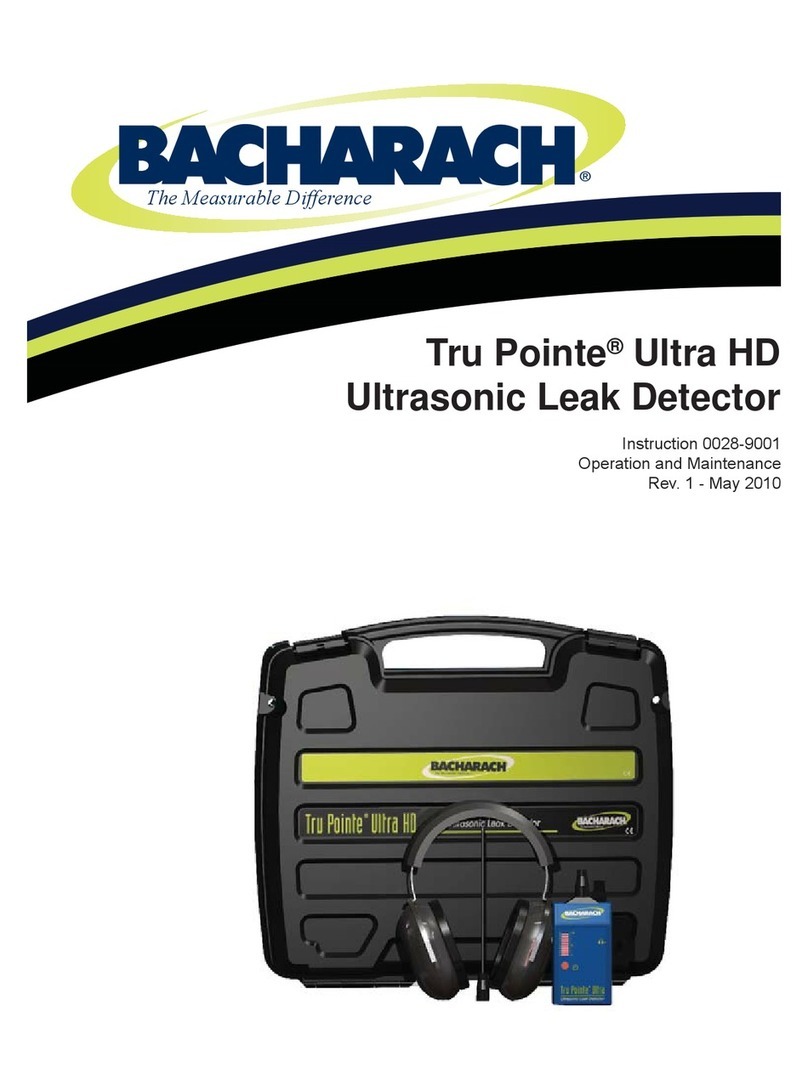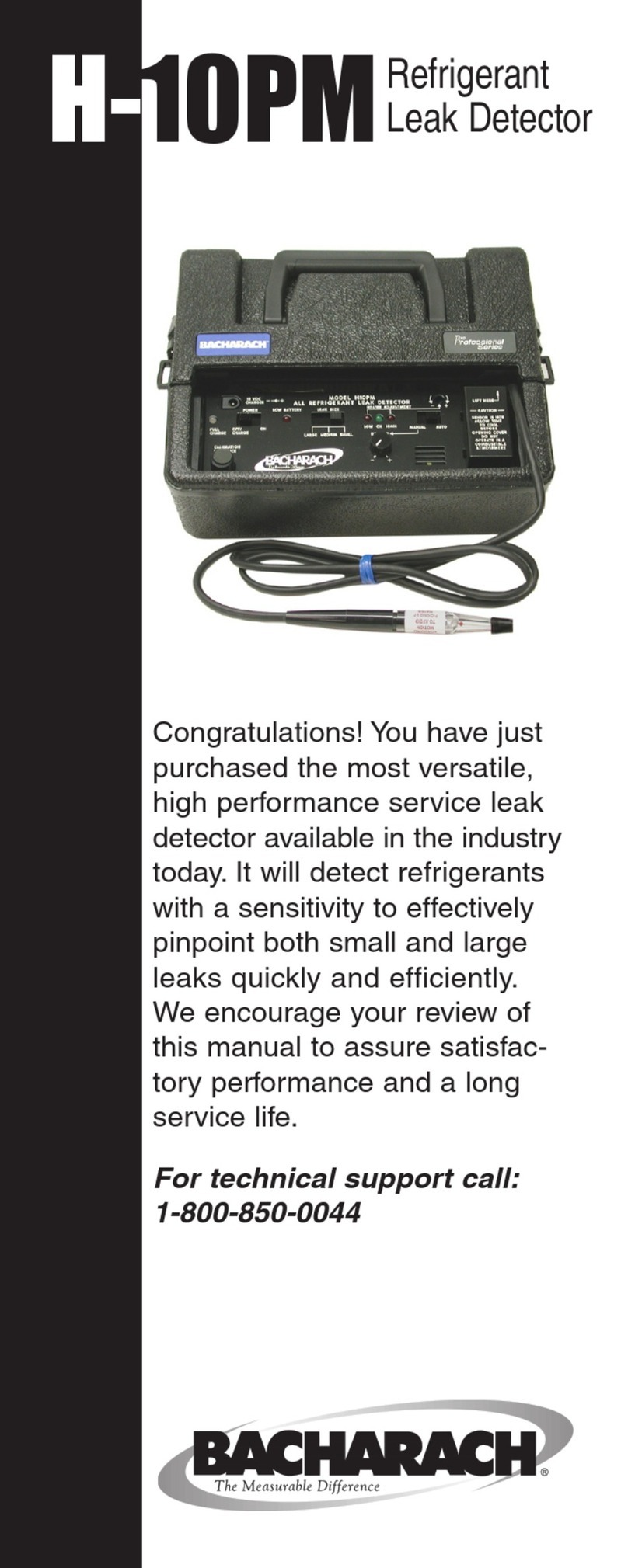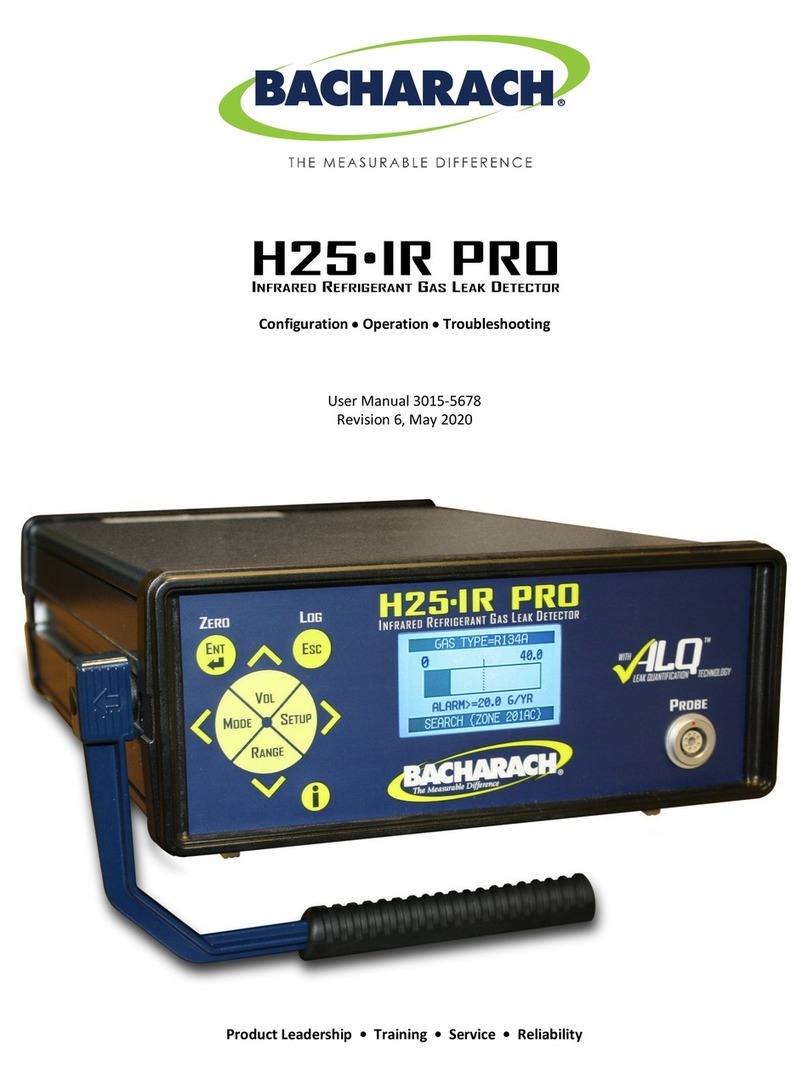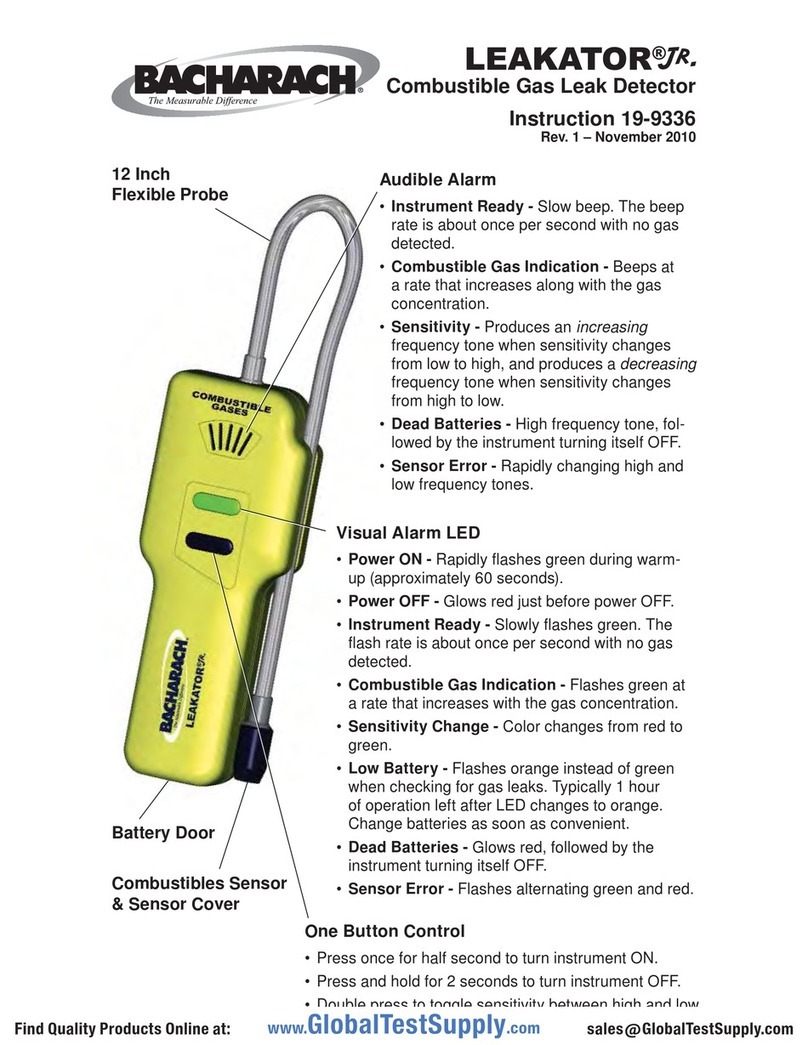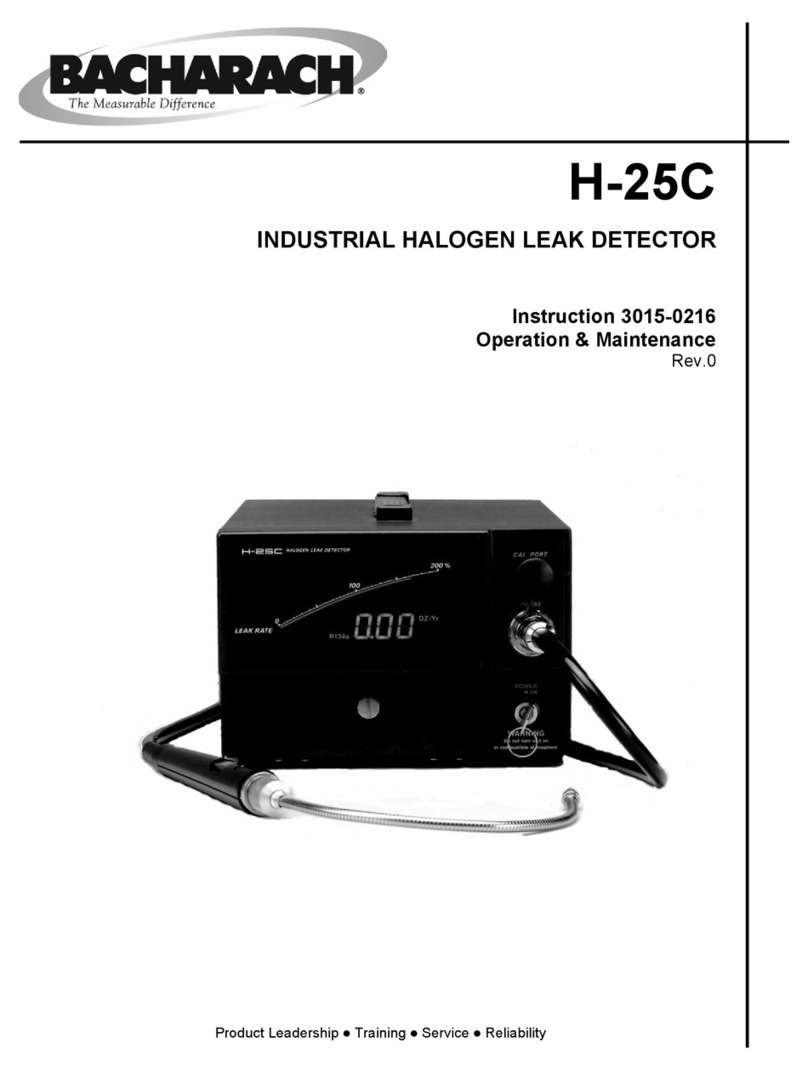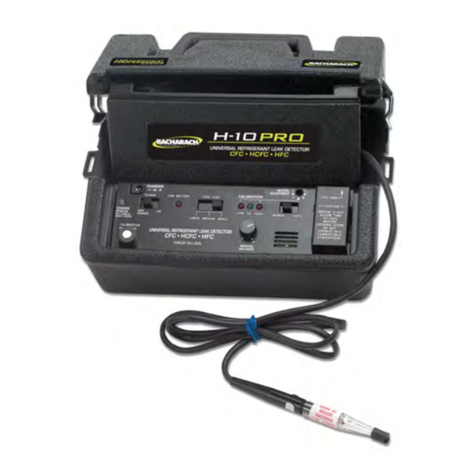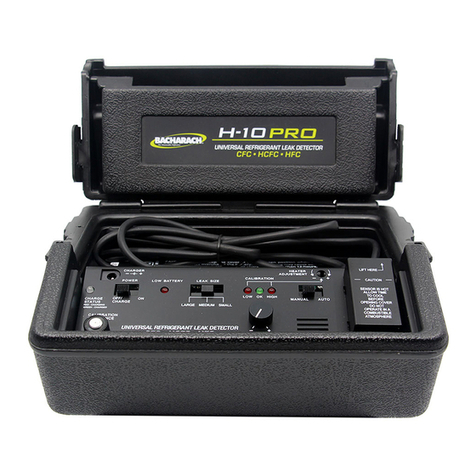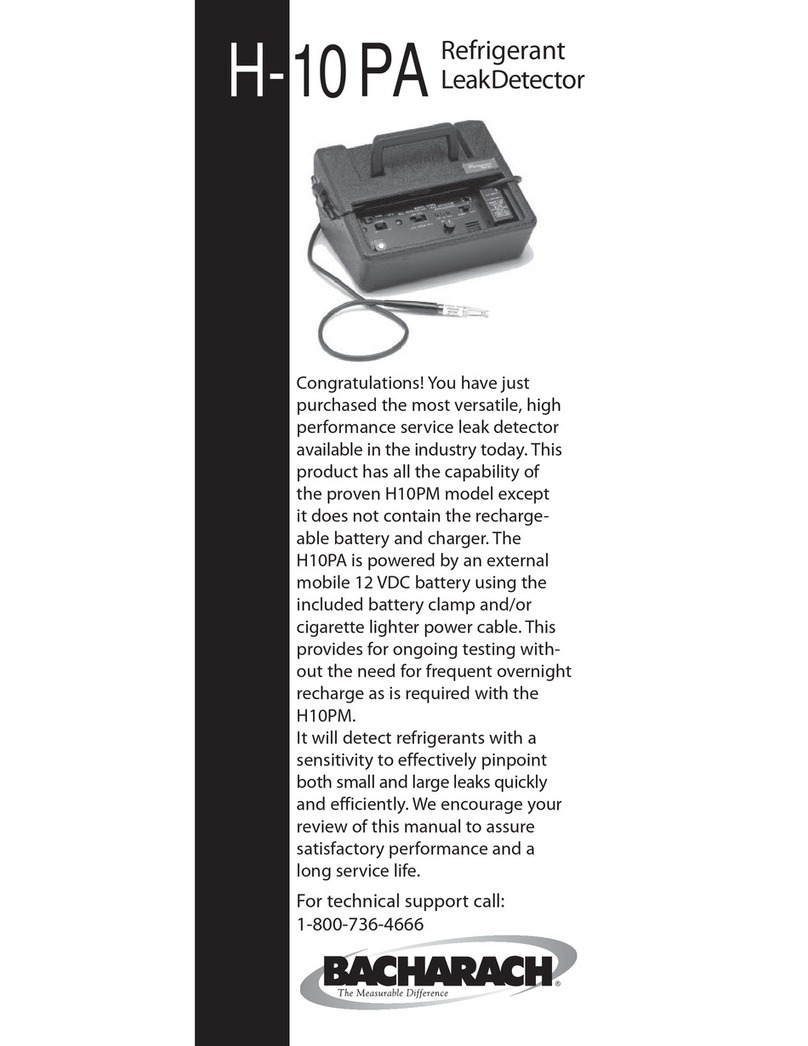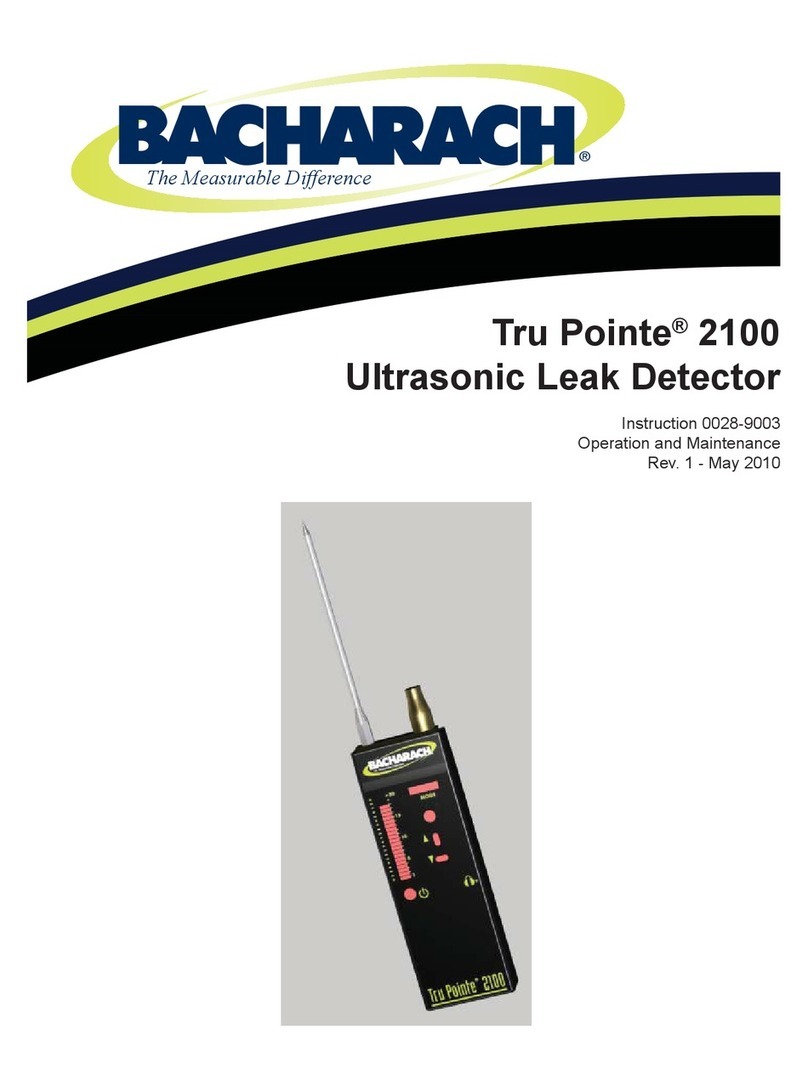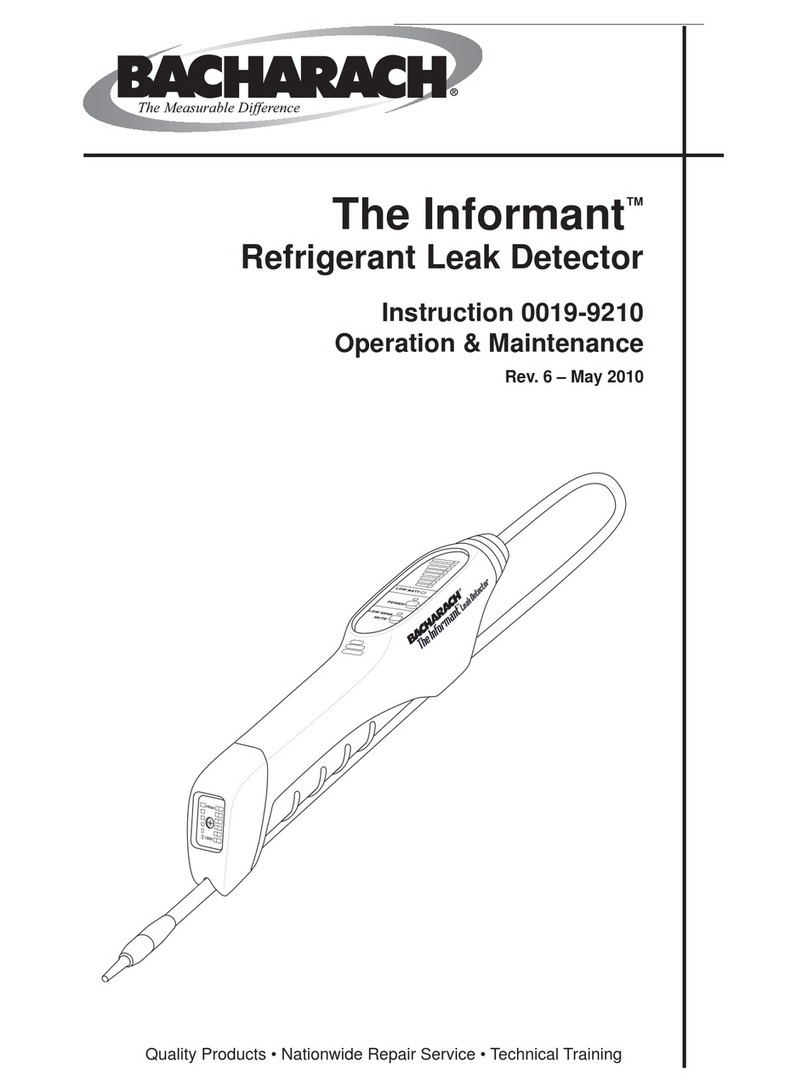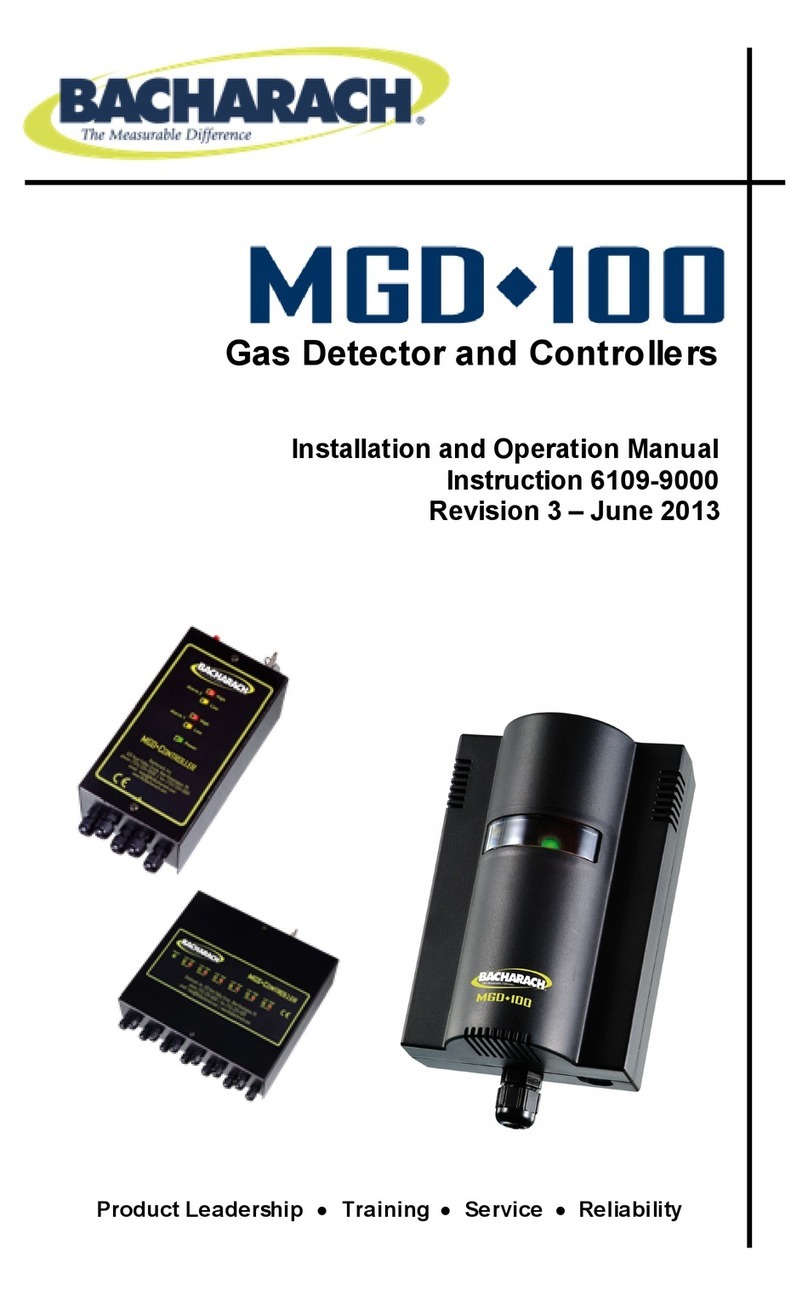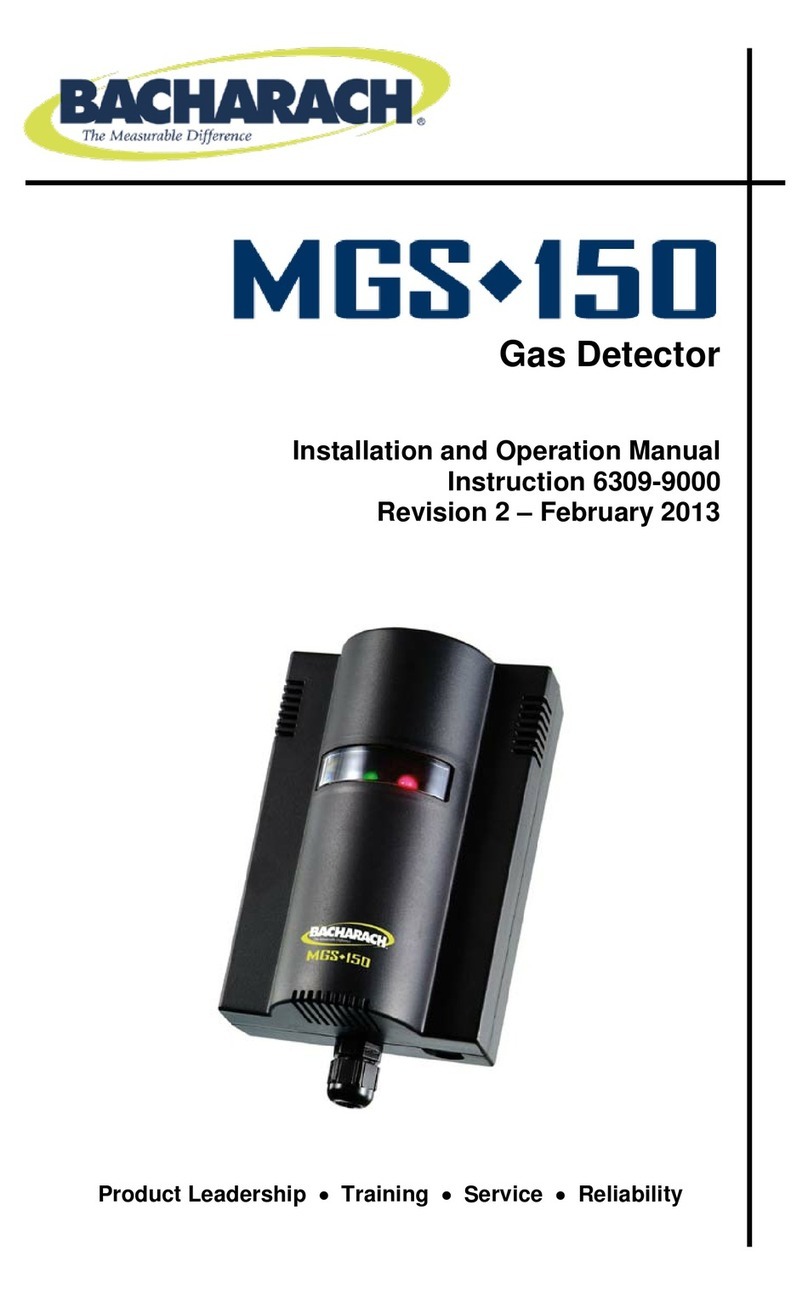
N2O Portable Monitor Table of Contents
Instruction 3015-4787 iii
Table of Contents
1INTRODUCTION ....................................................................................................................................... 1
1.1 How to Use This Manual ................................................................................................................. 1
1.2 Warning Statements ........................................................................................................................ 1
1.3 Caution Statements ......................................................................................................................... 1
1.4 Hazard Symbols on Monitor ............................................................................................................ 1
1.5 Safety Precautions ........................................................................................................................... 1
1.5.1 Hazardous Area Warning ................................................................................................. 1
1.5.2 Combustible/Flammable Gas Warning ............................................................................ 2
1.5.3 Explosive Atmosphere....................................................................................................... 2
1.5.4 Misuse and Modifications to Monitor............................................................................... 2
1.5.5 Altitude Limit .................................................................................................................... 2
1.5.6 Cleaning ............................................................................................................................. 2
1.6 Unpacking and Initial Checks......................................................................................................... 2
1.7 Shipping Precaution......................................................................................................................... 3
1.8 Features and Capabilities................................................................................................................ 3
1.9 Functional Overview ........................................................................................................................ 3
2SPECIFICATIONS.....................................................................................................................................4
3OPERATION..............................................................................................................................................5
3.1 Front Panel Display and Controls .................................................................................................. 5
3.2 Connecting Gas-Sample & Exhaust Lines ..................................................................................... 5
3.2.1 Overview ............................................................................................................................ 5
3.2.2 Connecting the Gas-Sample Line ..................................................................................... 5
3.2.3 Connecting the Exhaust Line (optional) .......................................................................... 6
3.3 Gas Detector Operation ................................................................................................................... 6
3.4 Time Weighted Average (TWA) Operation..................................................................................... 8
3.4.1 Overview ............................................................................................................................ 8
3.4.2 Starting a New or Continuing TWA/twa.......................................................................... 8
3.5 Peak Reading Operation.................................................................................................................. 9
3.6 Leak Detector Operation ................................................................................................................. 9
3.7 Standby Mode................................................................................................................................... 9
3.8 Battery – Charging and Using ...................................................................................................... 10
3.8.1 Charging the Battery ...................................................................................................... 10
3.8.2 Using the Battery ............................................................................................................ 10
3.9 Display Screens .............................................................................................................................. 10
3.9.1 Initial Power ON.............................................................................................................. 10
3.9.2 Filling the Purge-Air Bag................................................................................................ 10
3.9.3 Data Display Screen ........................................................................................................ 10
3.9.4 Function Screens ............................................................................................................. 11
3.10 Working with System Faults......................................................................................................... 14
3.10.1 Functional Overview ....................................................................................................... 14
3.10.2 Clearing / Silencing a Fault Alarm ................................................................................ 14
3.10.3 Viewing the Faults Log ................................................................................................... 14
3.10.4 Fault Codes ...................................................................................................................... 15
3.11 Working with the Gas Alarm ........................................................................................................ 16
3.11.1 Gas-Alarm Light .............................................................................................................. 16
3.11.2 Silencing a Gas Alarm..................................................................................................... 16
3.12 Clearing the PPM & Faults Data.................................................................................................. 16
3.13 Working with the DIAG Function................................................................................................. 16
3.13.1 Overview .......................................................................................................................... 16
3.13.2 Keypad Functions............................................................................................................ 16
3.13.3 First Diagnostic Screen ................................................................................................... 17
3.13.4 Second Diagnostic Screen ............................................................................................... 17
3.14 Working with the P-CHK Function .............................................................................................. 18
3.14.1 Overview .......................................................................................................................... 18


